The Best Eye Drops for Kids: Safe, Effective, and Long-Lasting Relief
The Best Eye Drops for Kids: Safe, Effective, and Long-Lasting Relief
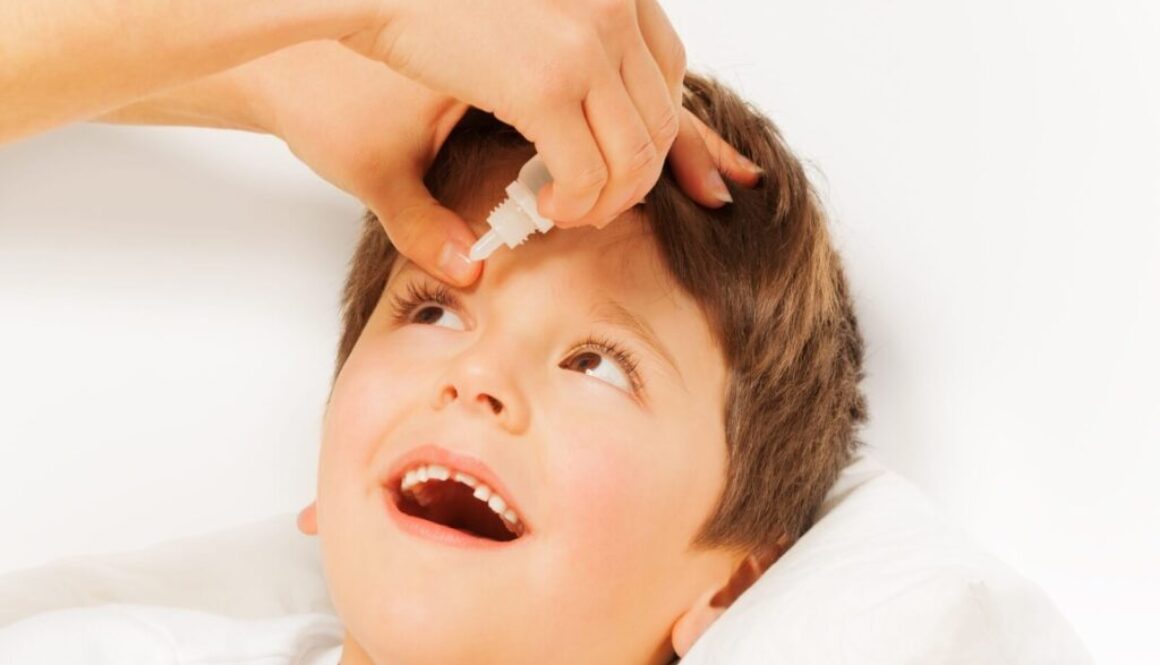
The Best Eye Drops for Kids: Safe, Effective, and Long-Lasting Relief
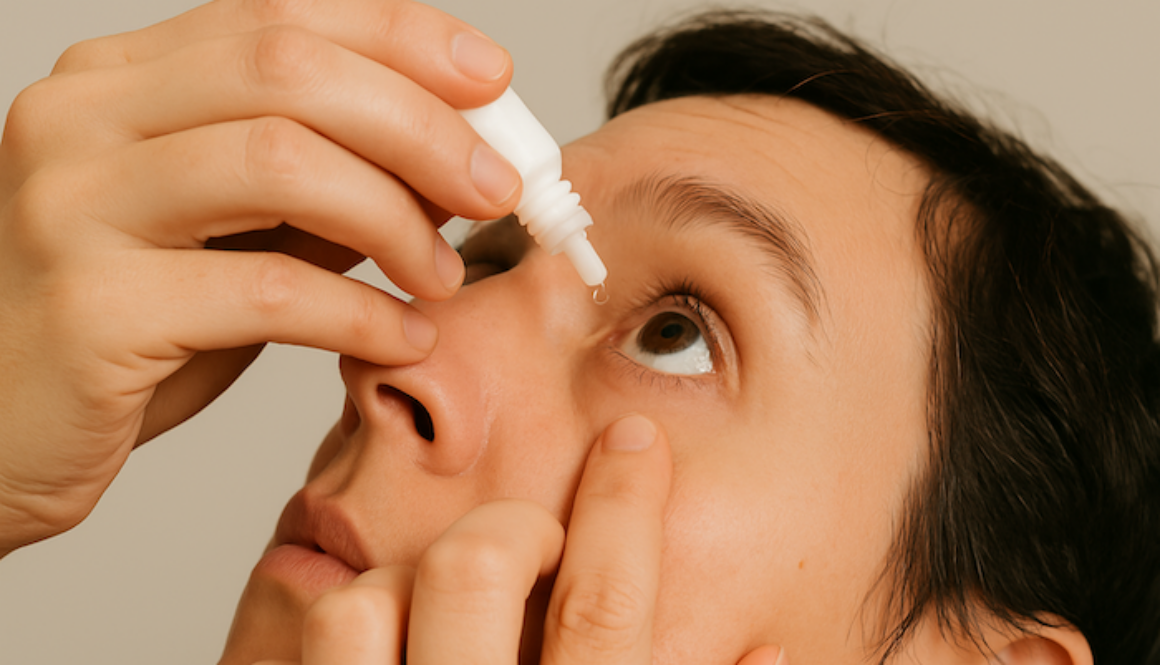
Understanding Glaucoma Treatment:Should I Take My Glaucoma Eye Drops at Night?
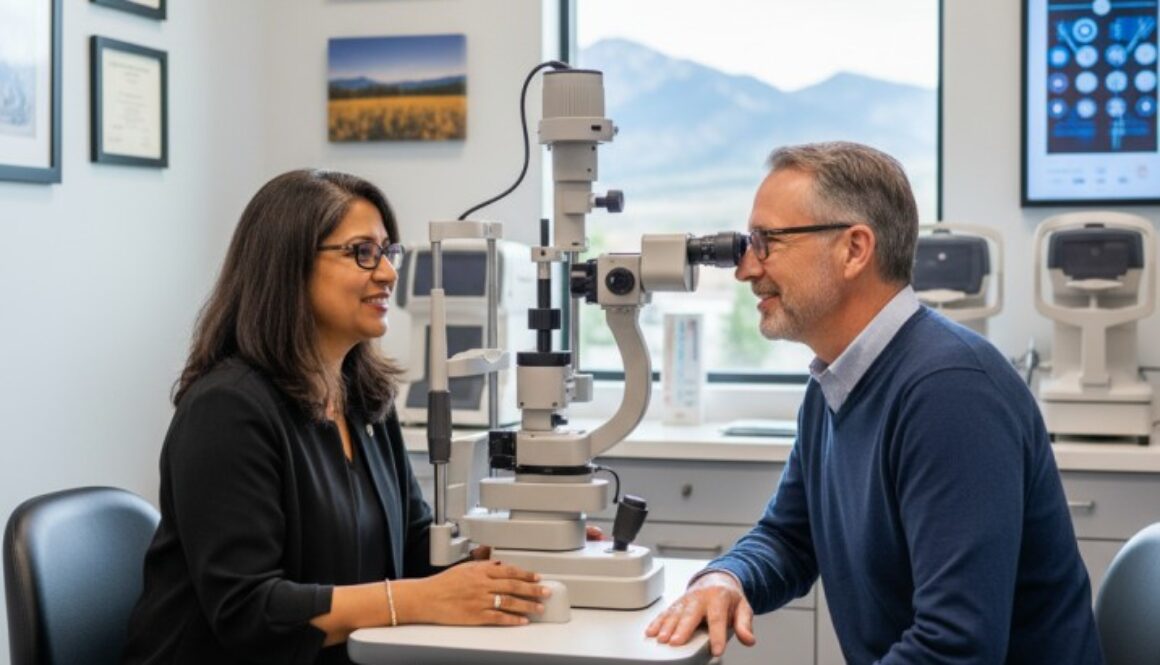
At 55, you’ve probably noticed some changes in your vision. Maybe reading restaurant menus requires more light, or driving at night has become more challenging. If you’re experiencing cataract symptoms at 55, you might wonder: “Am I too young for cataracts?” The answer may surprise you. Understanding Cataracts at 55: The Reality Check According to 2025 data from the National Eye Institute, age-related cataracts affect an estimated 24.4 million Americans age 40 or older. The prevalence increases dramatically with age: by age 55-59, approximately 9.1% of Americans have cataracts, increasing to 15.5% for those 60-64, and 24.7% for those 65-69. […]

You wake up one morning, reach for your phone to check messages, and suddenly realize you’re holding it at arm’s length just to read the text clearly. Sound familiar? If you’re around 45 years old and experiencing this frustrating change, you’re not alone. This sudden need for reading glasses at 45 affects millions of people and marks the beginning of a natural aging process called presbyopia. If you’ve had perfect vision all your life, this change can feel shocking. The good news is that presbyopia is completely normal, highly manageable, and affects virtually everyone as they age. Understanding what’s happening […]
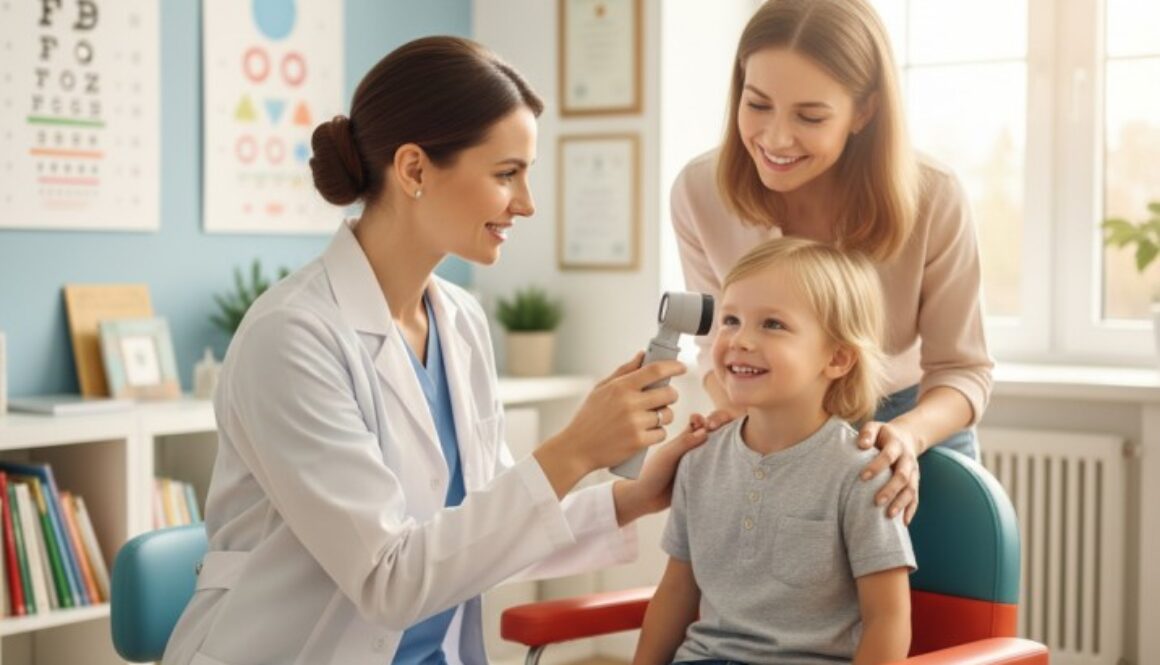
Discovering that your 5-year-old has a lazy eye (amblyopia) can feel overwhelming for any parent. The good news? Age 5 represents an optimal window for treatment, and with proper care, the vast majority of children see significant improvement. As Fort Collins’ leading pediatric eye care practice, Poudre Valley Eyecare has successfully treated thousands of children with amblyopia, helping families navigate this common condition with confidence. The critical question parents ask us every day is: “Can my 5-year-old’s lazy eye still be fixed?” The answer is an encouraging yes. Research consistently shows that children under 7 years old respond exceptionally well […]

TL;DR: Children now spend 21 hours weekly on screens—more than double the 9 hours parents prefer. Meanwhile, 81% of children under 13 have their own device. This comprehensive action plan helps you protect your child’s vision with practical screen time limits, eye health strategies, and evidence-based alternatives that actually work. Why Your Child’s Eye Health Matters More Than Ever As a parent in 2025, you’re facing an unprecedented challenge. Your children are growing up in a world where screens dominate daily life, from virtual classrooms to entertainment and social connections. The statistics are staggering: 81% of children under 13 now […]

If you’ve found yourself rubbing your eyes more often since starting to work from home, you’re not alone. The shift to remote work has created an unexpected health crisis affecting millions of workers worldwide: computer vision syndrome, also known as digital eye strain. Recent 2025 studies show that 69% of the population experiences symptoms of computer vision syndrome, with particularly high rates among remote workers and university students. Understanding Computer Vision Syndrome in Remote Workers Computer vision syndrome (CVS) encompasses a range of eye and vision-related problems that result from prolonged digital device use. According to the largest meta-analysis conducted […]
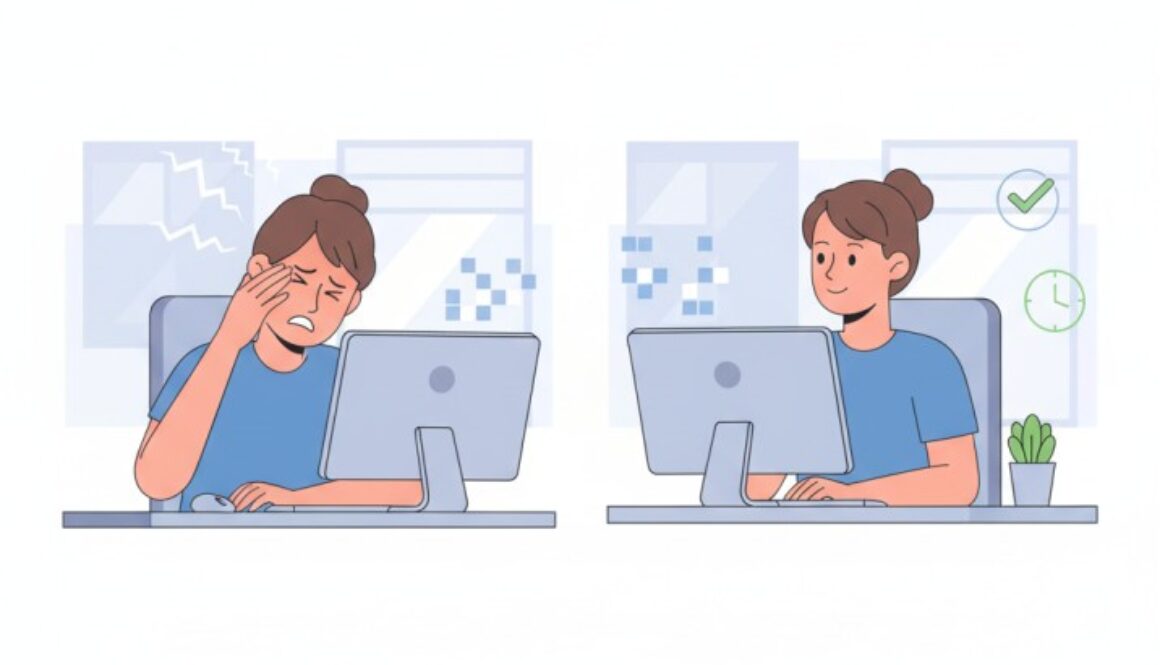
The average American now spends over 7 hours daily staring at digital screens (according to 2025 data from multiple sources, including Reviews.org and Backlinko), creating unprecedented concerns about screen time effects on eye health. Enter blue light glasses—a $2.6 billion industry in 2025 that’s projected to reach $5.8 billion by 2034. But beneath the marketing promises and celebrity endorsements lies a crucial question: do blue light glasses actually work, or are we falling for sophisticated marketing tactics? As your trusted Fort Collins eye care partners, we’ve examined the latest research to give you the complete picture. Here’s what you need […]
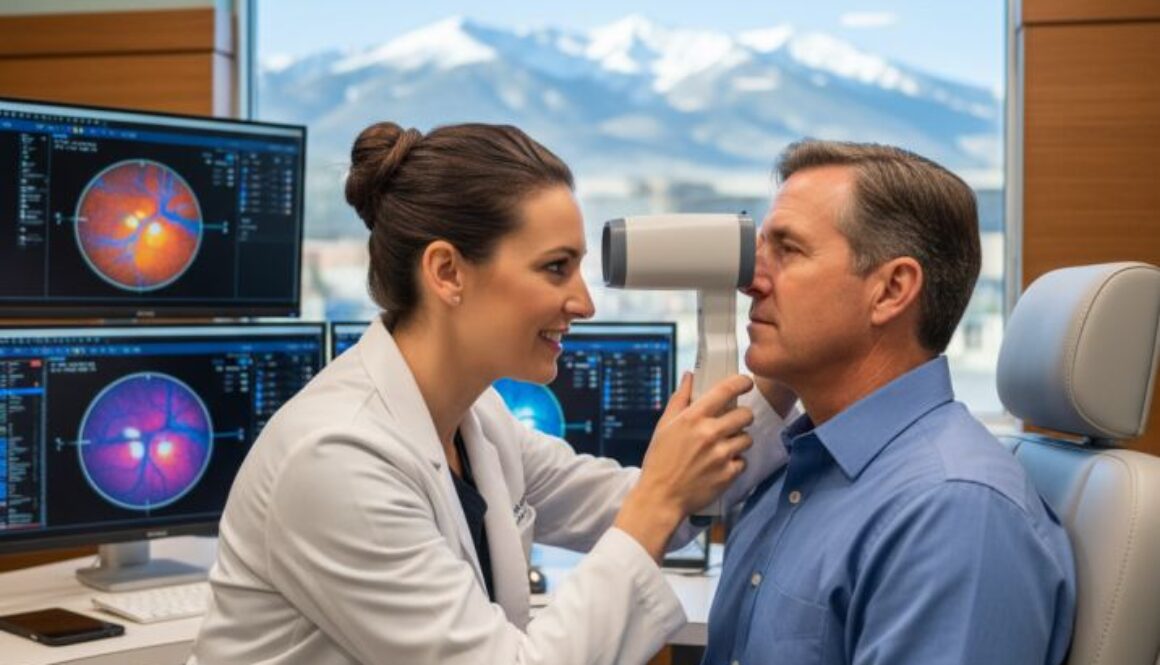
Bottom Line Up Front Digital eye strain affects approximately 66-69% of adults who regularly use digital devices, causing dry eyes, blurred vision, and headaches. This comprehensive digital detox plan from Poudre Valley Eyecare, Fort Collins’ trusted eye care professionals, provides practical, science-backed strategies to protect your vision while maintaining your digital lifestyle. The Alarming Reality of Screen Time Damage In our hyper-connected world, the average American adult now spends 6 hours and 40 minutes daily staring at digital screens as of 2025. This unprecedented screen exposure has led to a dramatic increase in screen time eye strain, with recent meta-analyses […]

When you experience sudden vision loss in Fort Collins, every moment matters. Whether you’re reading to your grandchildren, driving down Harmony Road, or enjoying the mountain views that make our community home, your vision connects you to everything you love. At Poudre Valley Eyecare, we want you to understand that sudden vision loss is always a medical emergency requiring immediate attention. 🚨 Emergency Alert: Sudden vision loss can happen in seconds to minutes and requires emergency care within hours to preserve your sight. If you’re experiencing sudden vision changes right now, call 911 or visit the nearest emergency room immediately. […]

Quick Answer:When Are Flashes and Floaters an Emergency? 🚨 SEEK EMERGENCY CARE WITHIN 24 HOURS: Sudden shower of floaters, curtain/shadow in vision, flashes with new floaters, or any vision loss. These may indicate retinal detachment. ✅ ROUTINE CARE IS APPROPRIATE: Gradual, stable floaters unchanged over months, occasional mild flashes if over 50, or symptoms only with migraines. Understanding Flashes and Floaters: Your Complete Guide Experiencing sudden flashes of light or dark spots drifting across your vision can be frightening. While these visual disturbances—medically known as flashes and floaters—are often harmless signs of aging, they can also signal serious retinal detachment […]